Plain milling is effectively applies to metal, and non-metals parts for removing large amount of material to give product parts’ fine finish, and eliminates the requirement of subsequent finishing treatments.
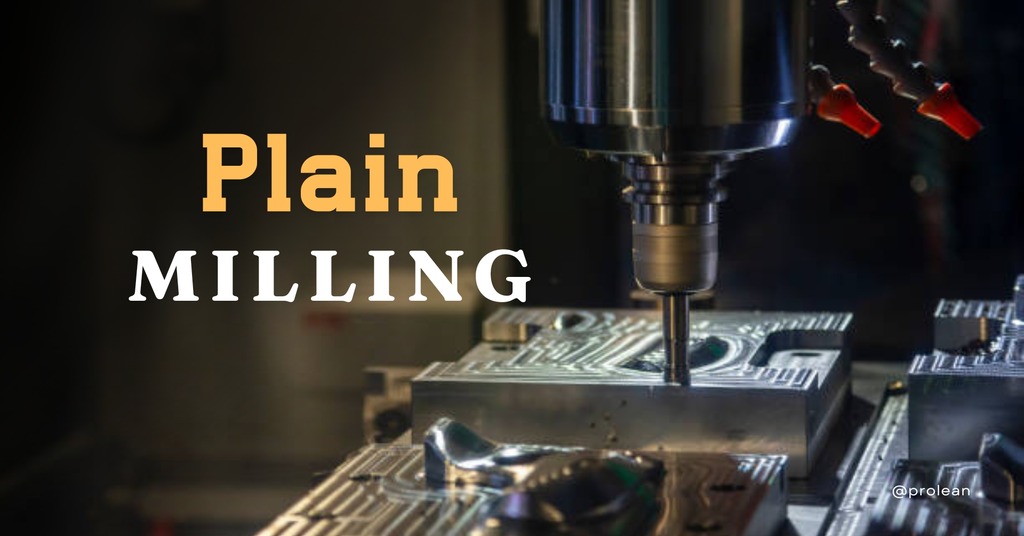
Plain milling is carried out with the tool axis parallel to the work surface and the cutting edge positioned at the peripheral part of the tool. This inexpensive setup allows material removal faster due to increased interaction between the tool and the workpiece. However, this process produces a relatively poor surface finish compared to other custom milling operations. This article aims to define surface cnc milling, how it operates, where it can be applied, and its advantages and disadvantages.
What is Plain Milling?
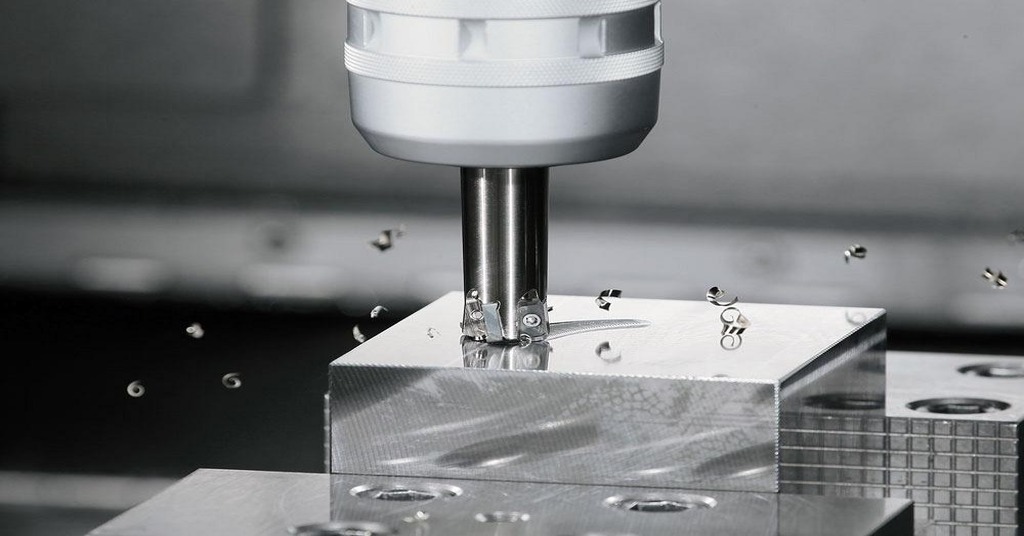
Plain milling
Plain or surface milling, as the name implies, applies to flat surfaces. It is also known as surface milling or slab milling. Moreover, it is a process of machining that seeks to level and polish the surface of the workpiece. A cutter with several teeth rotates and takes material from the top layer of the workpiece to make it flat. This involves holding the workpiece firmly on the machine bed while the cutter rotates to remove the unwanted material. It is applied broadly in production to create flat planes that are of the correct level and needed in many mechanical and industrial applications.
Try Prolean Now!
Types of Cutters Used In Plain Milling
In plain milling processing, the cutter is one of the most important elements defining the expected results. There are two foremost slab milling cutters: These refrigerated vans are heavy and light.
Heavy-duty Plain Milling Cutters
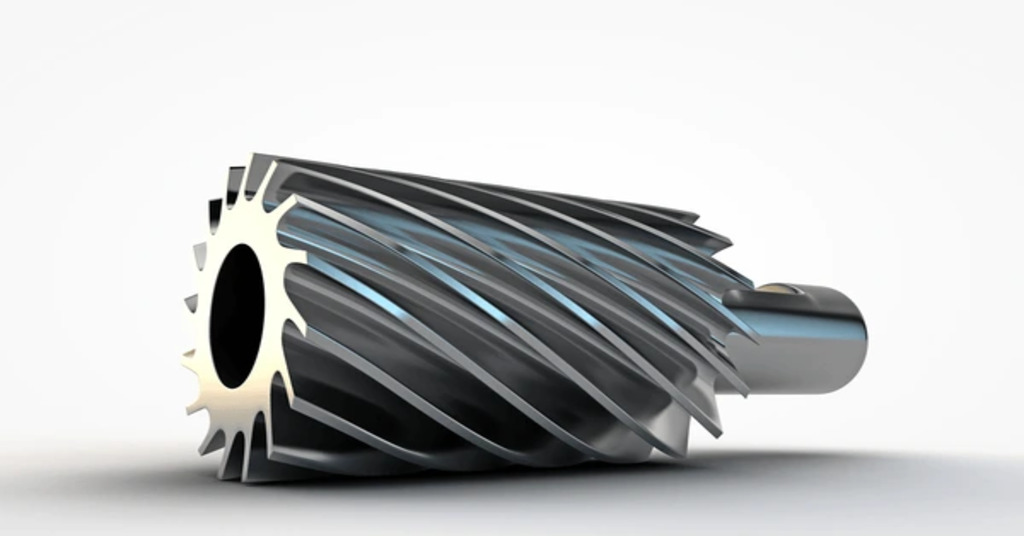
Heavy-duty plain milling cutter
Greater helical angles and fewer teeth characterize heavy-duty plain milling cutters. They are best for high-quantity milling on the vertical or horizontal mills where a large volume of stock has to be cut. These cutters are especially ideal for fine-cutting rough surfaces while being less vibratory.
Light-duty Plain Milling Cutters
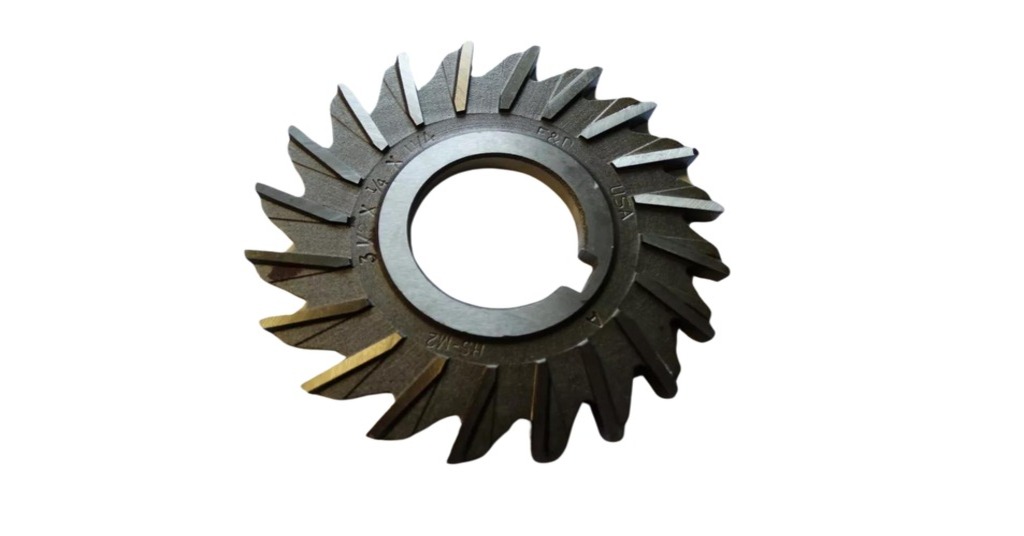
Light-duty plain milling cutter
Light-duty plain milling cutters have more teeth, but these teeth are provided with small helical angles. They are ideal for small CNC milling machines requiring high surface finish and accuracy. These cutters are most suitable for operations where a small amount of material must be removed to get a smooth and accurate surface.
Guides For Optimal Slibe Milling
Here are some follow-up guidelines helpful for successful slab milling:
- Maintain Adequate Spindle Clearance: The spindle position of the milling machine and the cutter should always be relative. This practice reduces the torque and vibrations and, as a result, makes the machining uniform and efficient.
- Optimize Cutting Speeds and Materials: The choice of cutter and material type is crucial. Low-speed cutting is significant with carbon steel cutters, while high-speed cutting is recommended with carbide-tipped cutters.
- Use Effective Cutting Fluids: The coolant type choice also plays a vital role. Water-soluble cutting fluids or coolant oils are used mainly during high-speed milling. These heat-resistant fluids protect the cutter and regulate the correct machining temperatures.
- Select Lubricating Fluids: Regarding the cutting fluids, it is suggested that the one with good lubricating characteristics should be used, particularly in the finishing operation. They cool cutter teeth, absorb the metal chips, and shield the surface of the workpiece.
- Incorporate CNC Technology: In the case of CNC technology, the movement of the cutter and the workpiece is controlled. This enhances accuracy; therefore, the firm is in a position to produce parts that will fit the required standards in the manufacturing line.
Therefore, based on the tips highlighted above, the machinists can improve the slab milling processes and achieve the desired outcomes.
Understanding Plain Milling: The Process Steps
The systematic approach of plain milling is employed to achieve the best results in the machining process. Let’s discuss a comprehensive guide to the whole process;
- Tool Selection
The high-shear tools are applicable when significant cuts are needed, while the low-shear ones are used where accurate cuts are required. The cutter is fitted on the spindle of a milling machine very securely.
- Workpiece Preparation
A universal vise or an adjustable angle plate usually holds the workpiece on the milling machine. Proper setup helps achieve the required firmness and dependability during the milling operations.
- Adjusting Cutting Parameters
Out of all the parameters, some of the most critical ones include the spindle speed, feed rate, and depth of cut. And must be adequately adjusted. These factors depend on the material to be machined and the surface finish required on the workpiece.
- Adjusting Spindle Speed
The spindle speed should be appropriately adjusted so as not to affect the cutter and provide a smooth finish on the workpiece. Machining speed is one of the critical success factors in milling operations; therefore, the machining speed rate should be carefully determined.
- Controlling Feed Rate
The feed rate determines the speed at which the cutter will move over the material to be cut. The feed rate is maintained constant when milled material is cut regularly throughout the milling process.
- Managing Depth of Cut
The cut’s depth defines the workpiece’s thickness. Usually, machined parts are cut off in a single pass by the cutter. This parameter influences the MRR and machining efficiency.
- Execution of Milling Operation
In milling operation, the cutter rotates at the required spindle speed and removes the material from the workpiece. The process is advantageous in obtaining the required dimensions and sizes of the workpiece.
- Understanding Machine Types
Milling machines are categorized based on the orientation of the spindle for the table. The two significant categories are vertical milling machines and horizontal milling machines. Each has its benefits depending on the type of milling operation to be carried out.
Try Prolean Now!
Benefits of Plain Milling
The advantages of CNC milling, particularly surface milling, include the following;
Diverse Material Options
Plain milling is versatile and capable of milling metal alloys and plastic milling. This versatility makes it suitable for many industrial uses where flexibility in using the material is crucial. Whether it is steel, aluminum, some other solid alloys, or flexible plastics, slab milling can be done on them without any hitch.
Cost Efficiency
The core advantage of plain milling is that it is economical compared to other milling operations. The benefit of this is that it works at high speed and productivity, thus reducing the time it takes to produce and conserve material. This efficiency is significant in industries that need many products to be created because it reduces costs and, at the same time, does not affect the quality of the product.
Precision and Accuracy
Plain milling is the most efficient method of removing material, while at the same time, the amount of control over the cutting conditions is very high. This results in a uniform and better surface finish and reduced variations and oscillations during cutting. Plain milling is used to cut complex patterns and obtain smooth surface finishes for the workpiece.
Automation and Efficiency
The preparation for plain milling is relatively easy and fast, which makes the operation among the most efficient. It is compatible with CNC technology, improving the efficiency of machining operations. Plain milling is vital in the current world of manufacturing since it saves on the workforce, particularly in the transfer of the tools and positioning of the workpiece, and at the same time, it shortens the cycle time.
Plain Milling Compared to Other Milling Operations
This milling operation is unique from all the various machining processes. However, it has several similar processes. It is necessary to understand how it is done about other milling processes to employ the most suitable method for a given job.
Plain Milling Vs. Face Milling
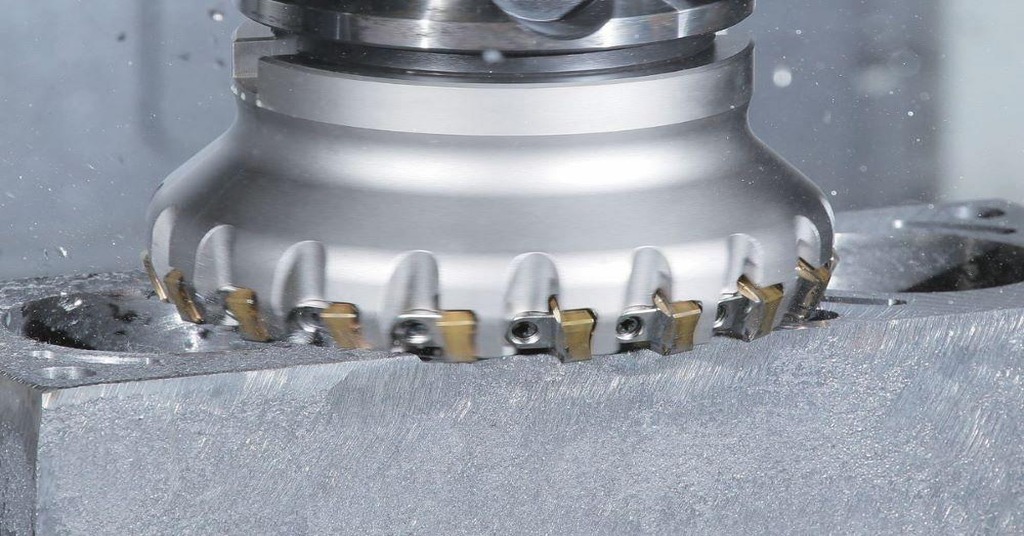
Face milling
Face milling is a process of cutting with the periphery of the milling cutter, specializing in cutting flat surfaces parallel to the cutter axis. It is most effective in the formation of considerable-level terrains. On the other hand, plain milling is concerned with producing flat surfaces parallel to the cutter axis. For this reason, the decision as to which of these methods is to be used depends on the position of the machined surface and the degree of surface finish required.
Plain Milling vs. End Milling

End milling
End milling is similar to plain milling, but the cutting action is done in the opposite direction. End mills are used at a right angle to the workpiece and help cut slots, profiles, and shapes. Plain milling is most suitable for cutting flat surfaces, which are straightforward to design. It is more of choosing the right tool that will fit the shape and the level of detail of the work to be done.
Plain Milling Vs. Form Milling
The cutters used in form Milling are remarkable in their operation since they are used to form or model forms or contours on the workpiece. It is more specific in its usage and relates to making shapes and intricate patterns than Plain Milling, which is versatile and fundamental. Plain Milling is general in application, while Form Milling specializes in certain cutting operations that need certain forms.
Plain Milling vs. Profile Milling
Profile Milling is used to create specific cutting path patterns on the workpiece to produce shapes and contours on the workpiece. It is much like an artist painting intricate designs on a canvas, yet the canvas here is the human body. On the other hand, Plain Milling is commonly used in basic operations where stock has to be cut to achieve smooth and accurate surfaces. Profile milling is applied where there is a requirement to create precise profiles, and plain milling is used in simple but basic milling operations.
Materials Employed For Plain Milling Operation
Plain milling is an advantageous machining operation that can be applied to various materials. It is widely used in several metals, including steel, titanium, aluminum, cast iron, and copper. It is noted that the milling process is varied depending on the properties of the material being worked on. For example, carbide tools must be used when milling titanium as they are more durable and heat-resistant. On the other hand, softer metals can be easily milled by carbon steel cutters. They are more complicated and resistant to wear. In addition, the milling process can be applied to non-metallic materials such as PVC, nylon, acetal, carbon fiber, and HDPE. Each material’s milling strategies may differ to get the best results.
Try Prolean Now!
Industries Employ Plain Milling Process For Fabricating Parts
Plain milling is widely used in various industries to increase production rate and accuracy.
Aerospace Industry
In aerospace, plain milling creates some necessary parts, including the fuselage sections, wings, and engine blocks. It also helps mold complex components such as gears and curved components, which are crucial in aircraft construction.
Automotive Industry
Plain milling is fundamental in automotive manufacturing for making engine parts such as cylinders and gearboxes. It suits high production rates and guarantees the fine finishing of vital automotive components.
Construction Industry
Plain milling is used in construction to manufacture large structural parts such as plates, beams, and metal rollers. This type of machining is very accurate and helpful in developing solid and well-fitted parts necessary for constructing vital structures.
Medical Industry
Plain milling is used in the medical sector to manufacture accurate instruments and implants. The high accuracy of milling is beneficial for creating medical devices that must have high quality and performance.
Innovate Your Plain Milling Project with Prolean Tech
Prolean Tech is a company that deals with plain milling, the most common machining method suitable for producing flat surfaces. This method is used when the surface of the workpiece is parallel to the cutter’s axis of rotation. Using different kinds of cutting tools improves the efficiency of surface milling operations. Our staff helps you choose the appropriate machine tool, enhances efficiency, and lowers expenses while improving the quality of the final product. Furthermore, using CNC mills in manufacturing takes a complete overhaul of how plain milling is done among manufacturers. These technologies allow the machinists to work at breakneck speed, with high accuracy and reliability.
Therefore, overall, plain or slab milling operations depend highly on the choice of the milling cutter and cutting parameters for a given project. Prolean Tech is active in this area of specialization, guaranteeing its clients’ cnc milling service.




0 Comments